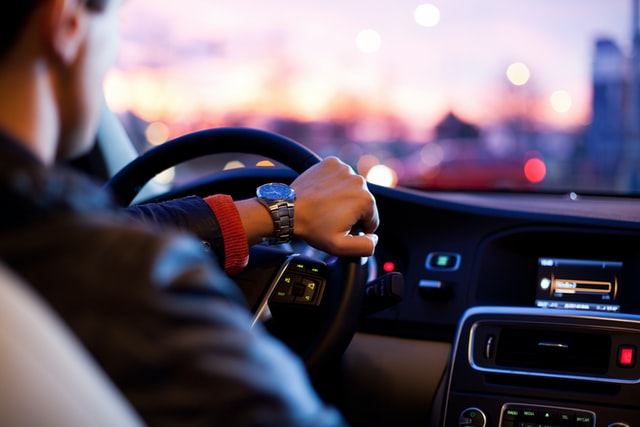When embarking on the journey of learning how to drive a car, there are essential steps and considerations to keep in mind. Whether you’re a seasoned driver or a complete beginner, understanding the fundamentals of operating both manual and automatic vehicles is crucial. Let’s delve into the comprehensive guide below:
Things to Do Before Driving a Car for the First Time:
Before setting off on your driving journey, it’s imperative to complete the following steps:
- Adjust Driver Seat and Mirrors: Customise the driver’s seat and adjust the mirrors for optimal visibility and comfort.
- Fasten Seatbelt and Engage Parking Brake: Prioritise safety by fastening your seatbelt and engaging the parking or emergency brake.
- Familiarise with the Gear Shift Pattern: Get acquainted with the gear shift pattern and practice mock gear changes to understand the mechanics.
Driving a Manual Car for Beginners:
Follow these steps to navigate a manual transmission vehicle:
- Start in Neutral: Begin by starting the vehicle in neutral, depressing the clutch pedal, and igniting the engine.
- Shift into First Gear: Engage the clutch entirely with your left foot and shift the gear lever into first gear.
- Initiate Motion: Gradually release the clutch pedal while maintaining pressure on the brake until you reach the “bite point” or friction point.
- Upshift Gears: Transition to higher gears by releasing the accelerator, pressing the clutch, and shifting gears accordingly.
- Downshift as Needed: Downshift gears when slowing down or approaching a stop to maintain control and prevent stalling.
- Stopping and Parking: Safely come to a stop by disengaging the clutch, shifting to neutral, and applying gradual brake pressure. Engage the parking brake before exiting the vehicle.
Driving an Automatic Car for Beginners:
Here’s a simplified approach to driving an automatic transmission vehicle:
- Start the Car: Depress the brake pedal and turn the ignition key, or press the start button to start the engine.
- Select Drive Gear: Shift the gear lever into “Drive” mode, marked with a “D,” to engage forward motion.
- Release Parking Brake: Disengage the parking brake to allow the vehicle to move freely.
- Initiate Motion: Gradually release the brake pedal to initiate forward motion, using the accelerator to control speed.
- Use Neutral Gear Sparingly: Reserve the neutral gear for specific situations, such as towing or pushing the vehicle.
- Stopping and Parking: Apply gradual brake pressure to slow down or stop the vehicle. Shift to “Park” mode, engage the parking brake, and turn off the engine when parking.
Safety Tips for Driving:
In addition to mastering the mechanics of driving, prioritise safety with these tips:
- Stay Focused: Avoid distractions and remain attentive while driving.
- Use Signals: Signal your intentions with turn signals and obey traffic signs and signals.
- Buckle Up: Always wear your seatbelt to ensure your personal safety and compliance with regulations.
- Obey Traffic Laws: Adhere to speed limits, traffic laws, and regulations at all times.
- Avoid Driving Under Influence: Refrain from driving under the influence of alcohol or drugs.
- Use Horns and Indicators Wisely: Employ horns and indicators judiciously to communicate with other drivers without causing unnecessary noise or confusion.
By adhering to these guidelines and practicing responsible driving habits, you’ll not only master the art of driving but also contribute to safer roads for everyone. Happy driving!



